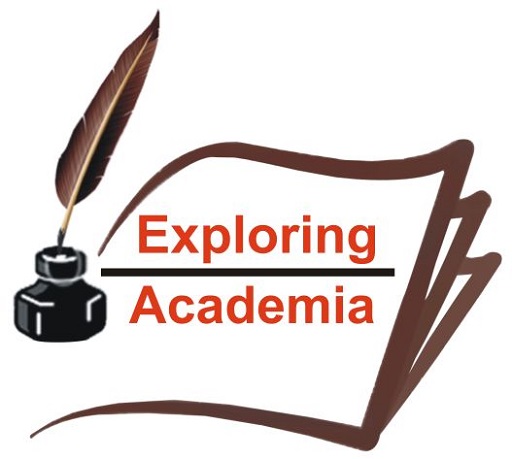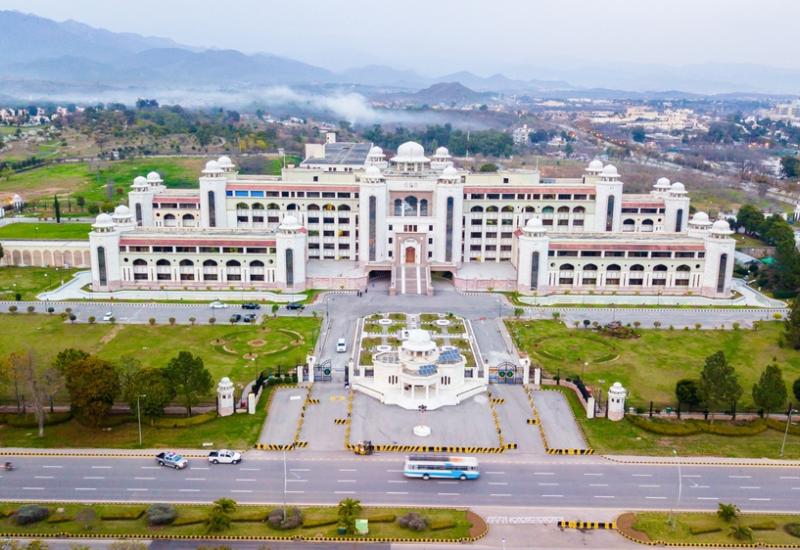The 05 alarming trends of drug addiction in the universities in Pakistan
Recently, the law enforcement agencies arrested an alleged smuggler who used to supply drugs and ecstasy pills to the students of various educational institutions (i.e. schools, colleges and universities) in different districts of Khyber Pakhtunkhwa. The accused, an Afghan national, was arrested the other day in the second largest city of the province. More than three kilograms of hashish and around 100 grams ecstasy pills were recovered from his possession. While confessing to provide drugs, heroin, ecstasy pills and hashish to the students of educational institutions in different parts of the province which is undertaken through a social network and multiple contacts for a long time. Efforts are underway to bust the entire network involved in the practice but no major breakthrough has been made so for.
The objective
This blog post is aimed at highlighting this sorry state of affairs of drug addiction in our educational institutions. While discussing some important lessons this article shares the emerging trends of drug addiction among student population with a view to delineate what the concerned authorities are doing and what should be done to correct the situation.
The key lessons
While analyzing the above news story, this occurrence divulged 05 important things. 1). Drugs have been supplied to all the educational institutions, encompassing all levels and sectors, whether schools, colleges or universities, 2). The students, whether be at schools, colleges or universities, are getting addicted to it at a brisk pace, 3). This is coming about across the length and breadth of the province with impunity 4) This is happening and pervading, more startlingly for a long time and finally 5). This is undertaken by a tightly knit group through a social network having multiple contacts.
Ground realities
Drug abuse is on the rise in educational institutions across the country. Students of schools, colleges or universities, are getting addicted to drugs at an alarming rate putting their academic as well as professional career at risk. The Senate Committee on Science and Technology was informed by its chairman Mushtaq Ahmed that 70 per cent female and 40 per cent male students, particularly in universities, were addicted to life-threatening drugs. They are increasingly becoming addicted to ice, hash and heroin.

The rising trends
What I infer from the ocean of literature on the subject matter is that: 1) The students of private sector educational institutions are addicted to drugs more than the students of public sector universities. 2). The students of elite educational institutions are addicted to drugs more than the students of lower-tier educational institutions. 3). The students of educational institutions in large cities are addicted to drugs more than the students of educational institutions in relatively small cities. 4) The hostelits are addicted to drugs more than the day boarders and most notably 5). The female students are getting addicted to drugs more than the male students at the universities.
What are the authorities doing about?
Notwithstanding its deleterious impact on the physical and mental health of students, concerted measures have not been undertaken either by the concerned government authorities or the educational institutions to keep the students away from this menace. Very recently, the Higher Education Commission has directed all universities to declare their campuses smoke free. Additional measures included discouraging kiosks and cart pushers from setting up outside or in proximity to campuses need to be spearheaded. A policy addressing and improving capacity for drug screening is on the anvil. Under the policy, screening of drug addicts will be a priority besides their social inclusion.
How to deal with it?
The government authorities, administrations of schools, colleges and universities also carry a great deal of responsibility to eradicate the menace of drugs. Students should undergo medical tests before admissions and any user of the drugs should be denied admission till they mend their ways. Students should be thoroughly monitored on campuses to check if they were taking drugs. Students involved in drug addiction must be banished from hostels. Awareness must be spread by including education against drugs a part of the curriculum. There should be zero tolerance in educational institutions against drugs.
The institutions of higher education should adopt tobacco-free workplace policy as envisaged by HEC. However, such policies should have censure for other kinds of drug substance such as hashish, ice, alcohol, cocaine and heroin as well.
It is suggested to engage individuals who have fought addiction as role models and motivational speakers. For this very purpose, additional funds shall be required to implement drug screening in educational institutions. These little measures may look modest but can go a long way in saving hundreds of students from falling into the trap of drug abuse.


















